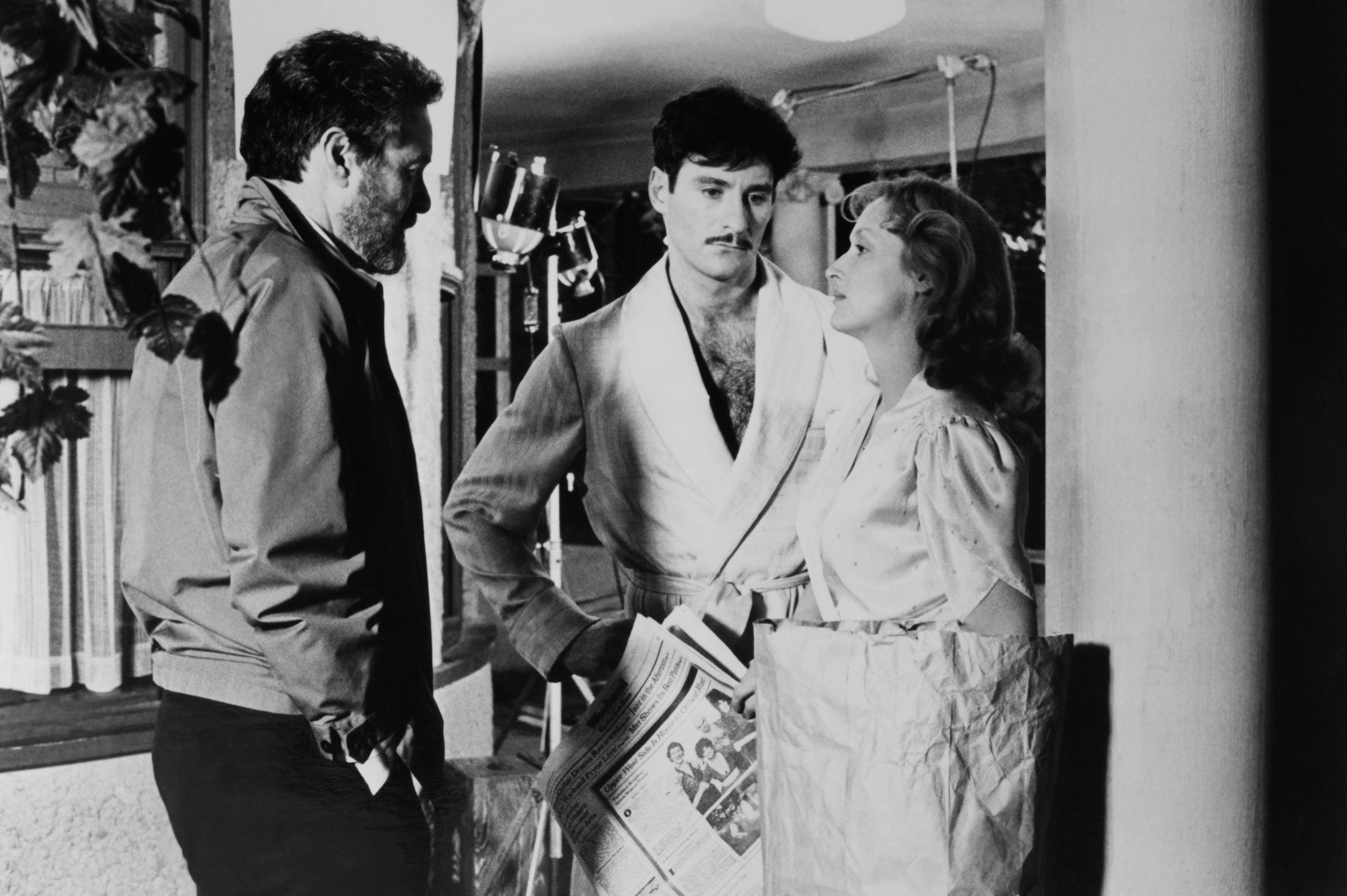Women in their 40s at average risk for breast cancer should talk to their health care provider about the risks and benefits of mammography before starting regular screening at that age, according to guidelines released Thursday by the American College of Obstetricians and Gynecologists.
The group had previously recommended annual mammograms starting at age 40. But the advice has changed to better incorporate input from the woman being screened, says physician Christopher Zahn, vice president of practice activities at ACOG. “A patient’s preferences and values need to be an important part” of the decision, he says.
Now the group says providers should offer the test when a woman enters her 40s, and that after a discussion, she may opt to start screening. If she doesn’t, she should start by age 50, ACOG says. Zahn says the guidance intentionally encompasses advice from other major groups.
The U.S. Preventive Services Task Force says women should start regular mammograms at 50, and that women in their 40s should make an individual decision about whether or not to screen. The American Cancer Society says screening should be offered starting at age 40, and outright recommends starting at 45. And the National Comprehensive Cancer Network, an alliance of major cancer centers, recommends starting at 40.
The question all these groups have wrestled with is how to balance the benefits and harms of mammography; their different recommendations reflect differences in how they interpreted and weighed the available data. “All three [schedules] are reasonable approaches to take,” says Zahn.
Mammography clearly saves lives for women over 50 and likely does so overall for women in their 40s, says Otis Brawley, chief medical officer at the American Cancer Society. But the benefits in those younger women are smaller, and they come at the cost of false alarms, unnecessary biopsies and overdiagnosis, when cancer that is detected and treated never would have threatened a woman’s health had it gone undiscovered. (The ACS says estimates of overdiagnosis vary widely, from 0 percent to 54 percent of breast cancers, in part depending on whether cases of ductal carcinoma in situ — abnormal cells that sometimes turn into cancer — are included.)
Once a woman starts mammography, she can be screened every one or two years, again after a discussion about the pros and cons of the different schedules, ACOG advises. The American Cancer Society recommends annual screening for women through age 54 and every other year for older women, with the option to continue annual tests, while USPSTF says every other year is sufficient and the network of cancer centers recommends annual screening.
A statistical model from the USPSTF finds that if 1,000 women are screened every other year from age 40 to 74, there will be eight fewer breast cancer deaths compared with no screening, 213 unnecessary breast biopsies and 21 overdiagnosed breast tumors. Meantime, if 1,000 women are screened every other year from 50 to 74, there will be seven fewer breast cancer deaths compared with no screening, 146 unnecessary biopsies and 19 overdiagnosed tumors.
Some women may decide that the small additional benefit doesn’t outweigh the increased risk of biopsy or possibly being treated for a cancer that didn’t need attention. There’s as yet no sure way to know which tumors are harmless and can be left alone. Others may choose differently. “There’s more of a respect for the individual person,” says Brawley about the new ACOG guidelines and the 2015 changes by his own organization. “You’re starting to hear, ‘Let the woman decide.’ “
“If a woman is told to get a mammogram starting at 40, it’s very reasonable to question that and ask, ‘Why? I’ve read that there are conflicting guidelines,’ ” says Deanna Attai, assistant clinical professor of surgery at the David Geffen School of Medicine at UCLA.
She says women should know, or ask about, the risk factors for breast cancer so they can have the screening conversation with some understanding of where they fall on the spectrum. And don’t stop the risk-reduction discussion at screening. “Ask what lifestyle or health habits can help reduce risk,” she says. (For example, research suggests exercise can cut breast cancer risk.)
On the question of when to stop routine mammograms, ACOG says screening beyond age 75 should be based on a conversation about a woman’s health status and longevity. The group also recommends against regular breast self-exams but says women should be aware of the normal feel and appearance of their breasts so they can report any changes.
Keep in mind that these recommendations are for average-risk women who are not experiencing symptoms. Many factors can increase risk, including a family history of breast or ovarian cancer and certain genetic mutations. So those women should check with their physician about when, how and how frequently they should be screened. There’s also not enough evidence to make recommendations on whether women with dense breasts should be screened differently.
Katherine Hobson is a freelance health and science writer based in Brooklyn, N.Y. She’s on Twitter: @katherinehobson
Let’s block ads! (Why?)





